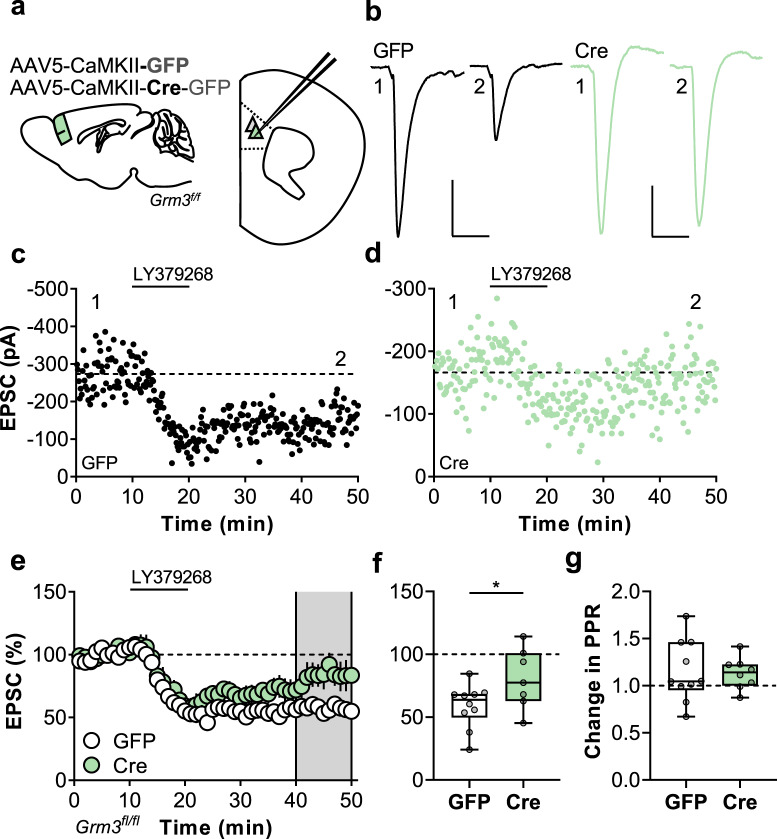Fig. 2. Neuronal mGlu3 receptors mediate synaptic plasticity in the prefrontal cortex (PFC).
a Schematic depicting viral-mediated expression of Cre recombinase in mouse PFC. At least four weeks following the procedure, acute slices containing PFC were prepared and whole-cell patch-clamp recordings were made from fluorescent pyramidal cells in layer 5 prelimbic cortex. b Excitatory postsynaptic currents (EPSCs) were elicited via local electrical stimulation and long-term depression (LTD) of synaptic transmission was evoked by bath applying the mGlu2/3 agonist LY379268 (200 nm, 10 min). Representative traces depict EPSCs during baseline (1) and after LTD (2) from neurons expressing GFP alone (left, black) or Cre (right, green). Scale bars indicate 100/50 pA, 25 ms. c Representative LTD experiment from GFP control pyramidal cell. d Representative LTD experiment from Cre-expressing pyramidal cell. e Summarized time-courses from multiple LTD experiments. The EPSC amplitude in each experiment is normalized to its baseline value (n/N = 7–10 cells from 5–6 mice per group). f Average relative change in EPSC amplitude following LTD. Expression of Cre recombinase attenuated the induction of LTD (80.3 ± 9.1% Cre vs 58.9 ± 5.5% GFP, *p < 0.05, t15 = 2.153). g LTD was not associated with a change in the paired-pulse ratio (PPR) in either GFP or Cre cells.

